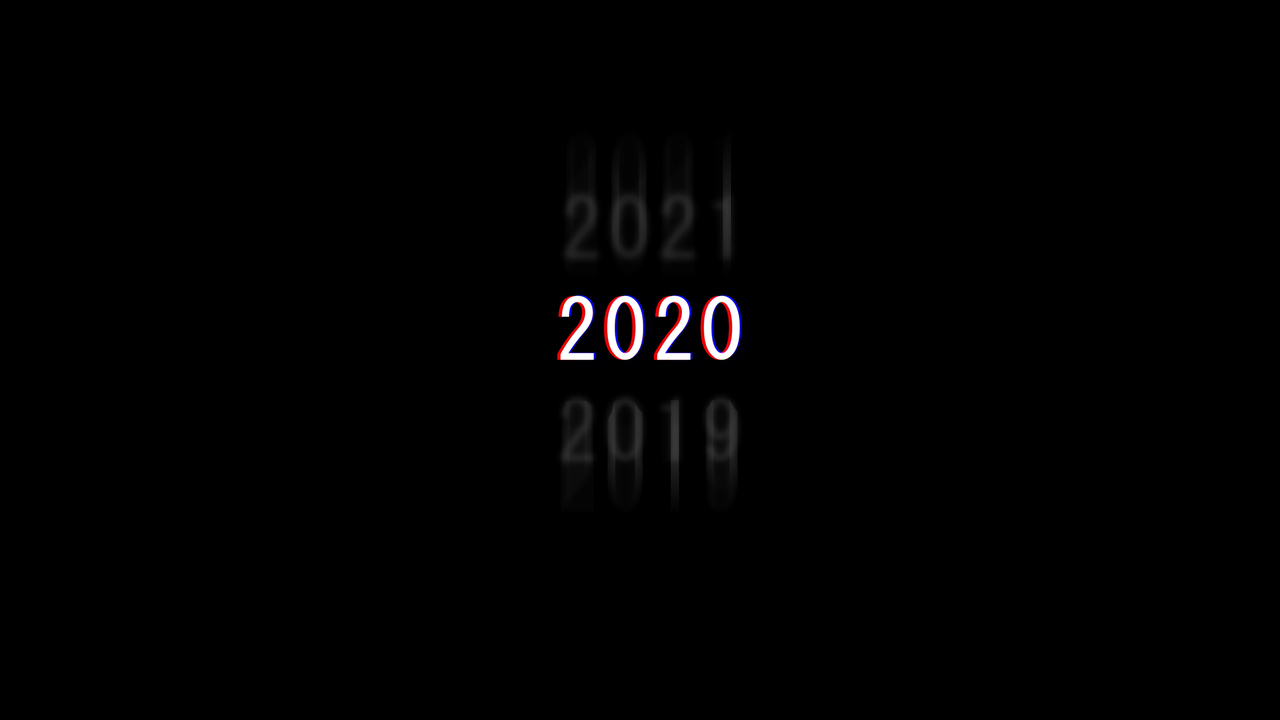In Vitro Diagnostics - looking back on 2020
Posted by Howe Sound Research on 26th Feb 2021
Without diminishing the gravity of the pandemic it has been a boon for diagnostics, especially infectious disease diagnostics (IDDx). And not just because of the 'one-time' boost in sales, even though that is a very large number. More about that number in a minute. The diagnostics industry has toiled in obscurity for decades, constantly improving things that are not commonly understood. Things like sensitivity and specificity (say that 3 times fast). But now suddenly we are thrust into the limelight. PCR and antibodies are household words. More importantly the role of testing and the importance of testing itself, are being driven home. A service that has for years been considered a manageable, and sometimes unnecessary expense, is now seen as vital in saving lives and controlling disease. This is of course a good thing.
The industry has risen to the challenge admirably. Before we rush to cash our bonus cheques we might want to pause and take a bow. Let’s see now. The COVID-19 whole genome was sequenced in Wuhan about January 10. The Institut Pasteur confirmed it on January 30 and uploaded it to the Global Initiative on Sharing All Influenza Data (GISAID) the same day. By February 4 the FDA approved the first PCR test. From that point, new tests were announced almost daily as the entire industry shifted gears, and priorities, to respond to the crisis. In spite of reagent shortages, and even shortages of swabs, the industry rose to the challenge, without complaint or fanfare. By our calculation there have been over 1.3 billion COVID-19 tests performed in 2020, almost all PCR. Well done. Take a bow.
The real story in terms of our industry is the ascendency of PCR, or more generally, nucleic acid based pathogen identification. In the same way that remote work has taken a leap forward so has PCR. And make no mistake, PCR and pathogen sequencing are here to stay. Not that we haven’t been saying this for some time . The converse of this is the impact on more traditional immunology based diagnostics; COVID antibody and antigen testing are having difficulty finding traction.
And let’s not forget multiplex diagnostics. "When I grow up I want to work in sales at BioFire"... who, by the way, have responded admirably to a surge in demand . Then there are the smaller companies, like Abacus Diagnostica who have been catapulted into the mainstream thanks to the pandemic, and to their own innovative, low cost of entry approach.
The downside has been that non-COVID related work has contracted in 2020. We think that the industry wide contraction percentage is about 4% comparing non-COVID 2020 forecast to non-COVID 2020 actuals. Nucleic acid based cancer diagnostics were especially hard hit. COVID related diagnostics has added over $14 Billion to the global market which is a 21% increase in the Global IVD market over 2019 actuals. So COVID testing, especially PCR testing, has dramatically shifted the resource allocations that industry customers (clinical labs) have made. Simply put, every medical lab in the world now has a high throughput PCR capability. Think about it. In a world full of hammers everything looks like a nail. If you want to explore this subject in depth then purchase, or subscribe to our PCR market report.
Our take is that 2020 was the year that Diagnostics stole the spotlight from our Therapeutic cousins. We have no doubt that Therapeutics is stealing it back in 2021 with the rollout of many new vaccines now well underway. We would note that there is a message in these vaccines too. The first two, Pfizer and Moderna are mRNA based, produced in record time and with record setting effectiveness. Which goes to show how important nucleic acids have become.

